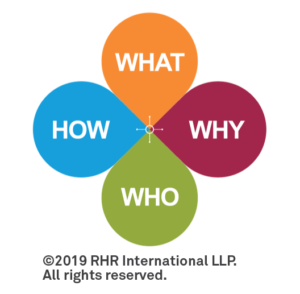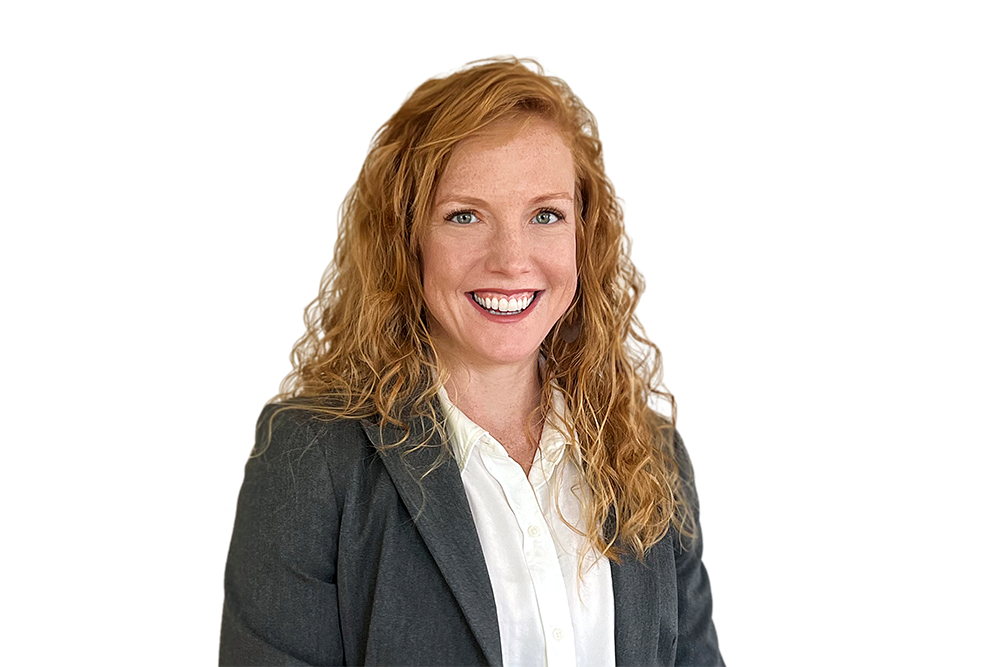New Year, New Me; New Year, Improved Company

As we ring in the new year, we may feel as though we’re given a free pass to absolve ourselves from what we didn’t accomplish last year, and to resolve to make this year better than ever before. But sticking to those resolutions is hard work, and just as maintaining personal resolutions takes concerted focus and effort to form new habits, the same can be said for making resolutions stick in your organization.
Since senior leaders are the ones responsible for driving organizational change, the onus for keeping the resolution resides with them. As part of RHR’s Senior Team Effectiveness Survey, we ask those individuals who lead the business or enterprise for feedback on their team’s overall effectiveness. We also ask for their input on how specifically their team could be more effective at driving organizational change.
Based on data from 400 senior team members in over 100 different organizations and 15 different industries, here are the “organizational change resolutions” that rose to the top:
1. Get comfortable with being uncomfortable
Forming new habits often requires a marked shift in operating, and at times, this change may cause a little heartburn. However, as with anything, consistent practice can make actions or behaviors more habitual over time. Many respondents noted the importance of embracing the uncomfortable for the sake of continuous improvement. Such behaviors included: (a) adopting a more open environment built on honesty and the willingness to candidly discuss new ideas, (b) creating a safe space to provide constructive criticism, engage in healthy debate, and provide feedback to learn from past projects/interactions, and (c) becoming more risk-tolerant, failing fast, and encouraging innovative ideas.
2. Find power in clarity
As uncertainty can be a major source of tension during organizational change, getting everyone on the same page to prepare for the road ahead was another common solution to effectively leading the organization through the transition. Leaders emphasized the importance of providing crisp, clear, and consistent communication to all levels of the organization to provide transparency and ensure that all employees are aligned in the change. They also underscored the necessity of understanding the unique attributes that drive each business unit, function, or region, and ensuring these groups are working together collectively instead of as a series of individual parts.
3. Develop and groom talent that you can believe in
Senior executives need to be able to create the long-term vision for the organization and steer the ship in the right direction to actualize long-term goals, but that becomes a challenge when they are consistently having to lend attention to lower-level problems and firefighting. For this reason, many have stated the importance of retaining key players, developing the next generation of leaders, and eliminating poor performers. Having confidence in the next level leadership to make decisions and empowering them to do so allows the senior leadership team to have a greater focus on more strategic issues and ensure that the organization as a whole remains on target.
And finally,
4. Don’t procrastinate!
One leader stated it best when he/she said, “Those who don’t change get left behind.” With the pace of technological advances happening faster than ever before, waiting to find the right time to start making changes is not an option. Those who will be most successful are able to prioritize what is most important and set a pace that is swift but does not overwhelm employees. Those able to quickly adapt, embrace technology and innovation, and align resources appropriately will have the advantage. After all, the last thing you would want is to let another December roll around before you’ve realized that the resolutions you made at the beginning of the year are the ones that you’ll be carrying into the next year as well.
Sticking to organizational resolutions is a challenge, especially when they involve great change. But navigating that challenge clears the way on the path to successful transformation and a prosperous year.

Determining which direction to take your company in is one thing; knowing how to get there is another. To learn how RHR can help your senior teams establish a clear direction and align behavior around it while enhancing your team’s ability to work together to achieve their organizational goals and create an impact on the bottom line, contact Orla Leonard, Practice Leader, Senior Team Effectiveness.






